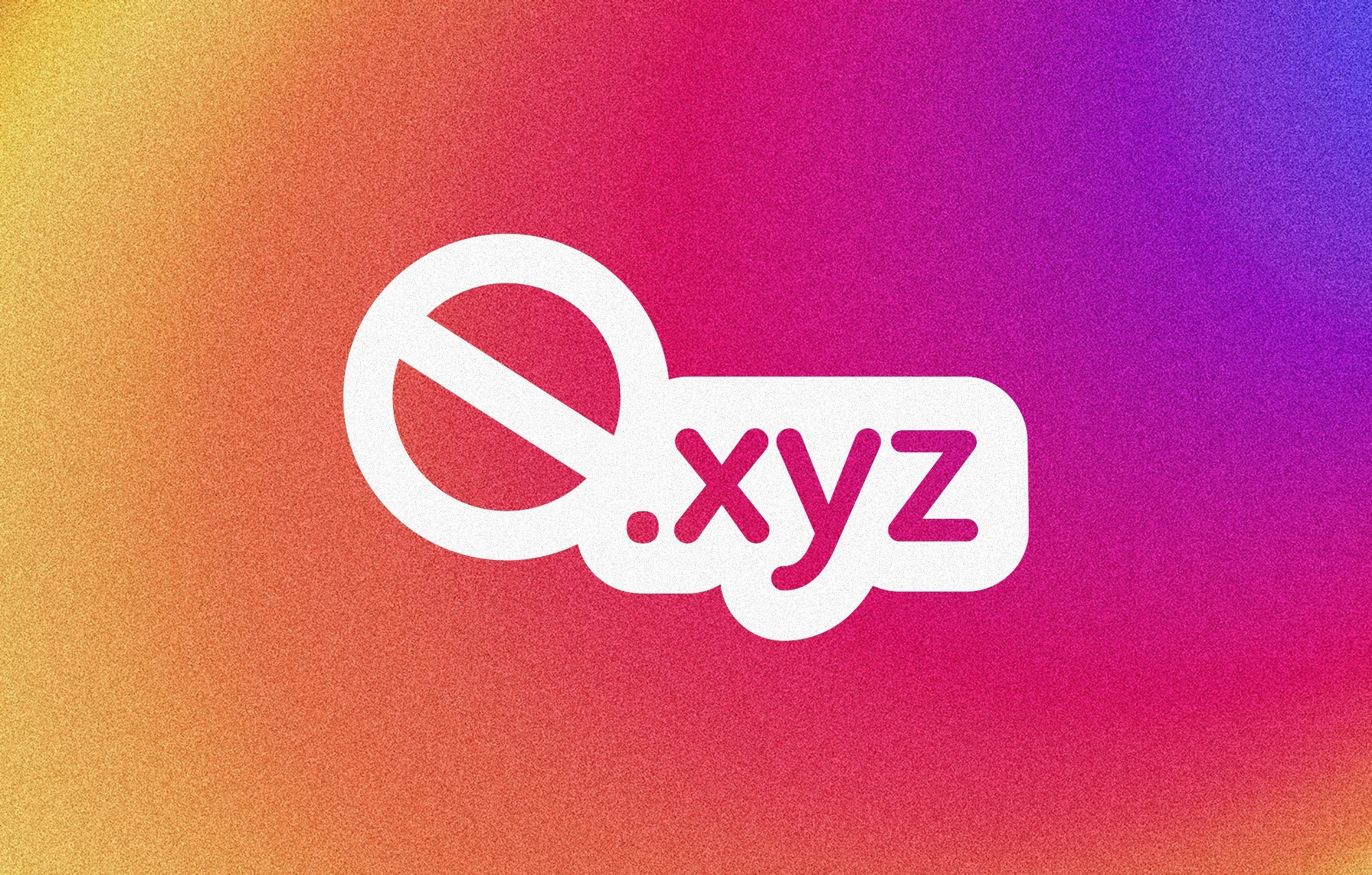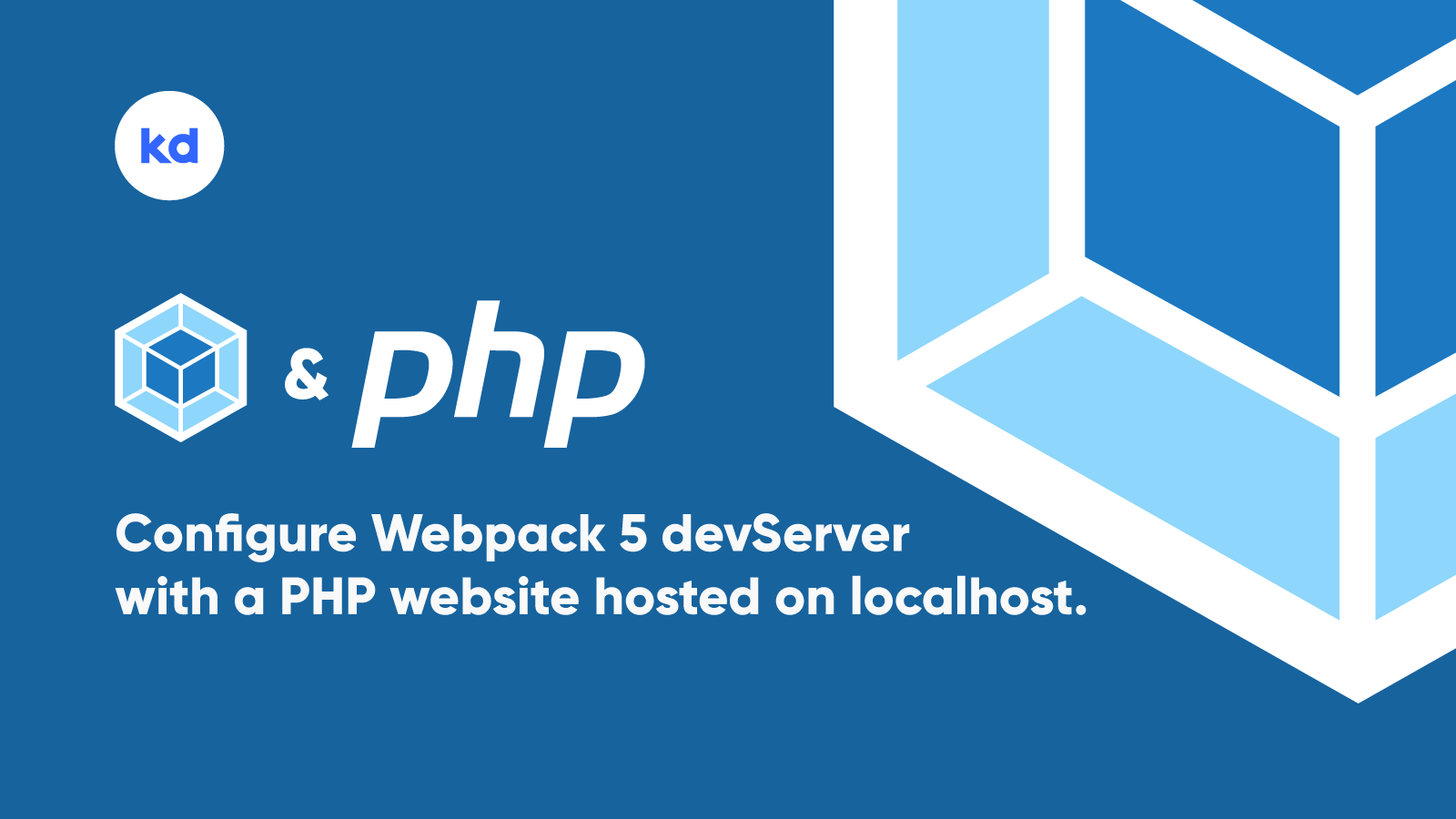
Why did I ditched .xyz and migrated to a new TLD?
Published
February 17, 2024

Build a subscribe form using PHP, JavaScript, and Mailchimp API.
Published
May 13, 2021

Stylelint, SCSS, and Visual Studio Code.
Published
May 11, 2021

Generate Open Graph and Twitter meta tags in WordPress without a plugin.
Published
May 09, 2021

Configure Webpack 5 devServer with a PHP website hosted on localhost.
Published
May 08, 2021

Upwork Readiness Test answers 2021
Published
May 07, 2021